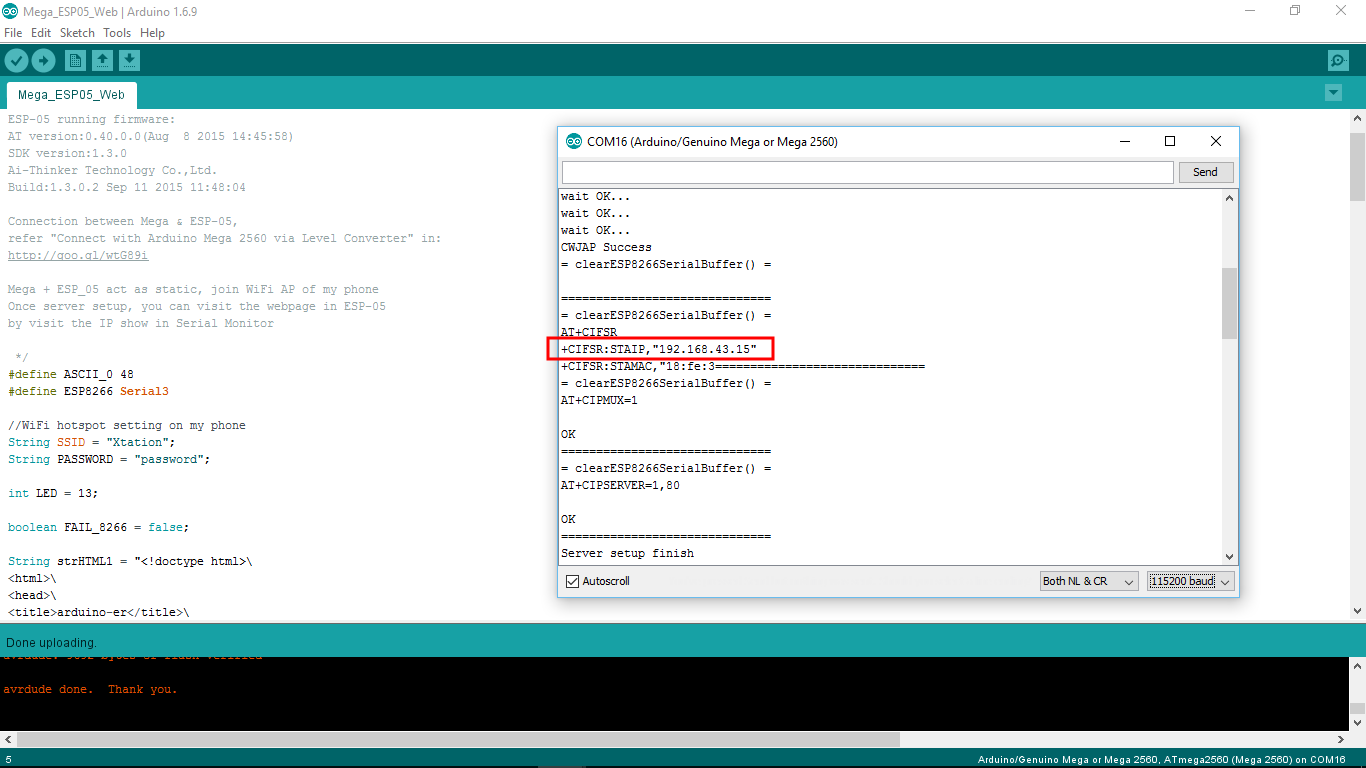

#include #define SERIAL_PRINTF_MAX_BUFF 256 #define F_PRECISION 6 void serialPrintf(const char *fmt.

ARDUINO SERIAL PRINT CODE
So, we need to make modification in the code for it to perform the floating point conversion. To format output you need to use sprintf to put the formatted text in a buffer then use the normal Serial.print commands to output the buffer. Prints data to the serial port as human-readable ASCII text followed by a carriage return character (ASCII 13, or '\r') and a newline character (ASCII 10, or ' ').

A minimized version of vfprintf() is available that only implements the very basic integer and string conversion facilities, but only the # additional option can be specified using conversion flags (these flags are parsed correctly from the format specification, but then simply ignored). The default vfprintf() implements all the mentioned functionality except floating point conversions. I want to see 'a' printed in the Serial Monitor.
ARDUINO SERIAL PRINT FULL
“ Since the full implementation of all the mentioned features becomes fairly large, three different flavours of vfprintf() can be selected using linker options. I want to print the character assigned for that ASCII number to the Serial Monitor. However, the fields that are supposed to be filled with floating point numbers (Height and Weight) are left with the character ?.Īccording to AVR Libc website, the default printf family functions in avr-gcc do not implement floating point conversion, which is as quoted below. Serial.print () - Documentao de Referncia do Arduino Reference > Language > Functions > Communication > Serial > Print Serial.print () Descrio Imprime dados na porta serial em como texto ASCII (facilmente legvel, diferentemente dos valores binrios). The serial.print ( ) accepts the number using the ASCII character per digit and value upto two decimal places for floating point numbers.Figure 1: Output on serial monitor that print formatted data with integer(%d), string(%s) and floating-point(%f) conversion.įrom Figure 1, we can observe that the Name (string) and Age (integer) fields are filled with the expected values. It also specifies the number of decimal places. Value: It signifies the value to print, which includes any data type value.įormat: It consists of number base, such as OCT (Octal), BIN (Binary), HEX (Hexadecimal), etc. Print: The print ( ) returns the specified number of bytes written. This function takes a variable as an input argument and prints that variable on the serial monitor. Serial: It signifies the serial port object. Print Variable Values on Serial Monitor Using the Serial.print () Function in Arduino If you want to print one or more variable values on the serial monitor on the same line, you can easily do that using the Serial.print () function. Note: In Serial.print( ), S must be written in uppercase. The Serial.print( ) is declared in two formats, which are shown below: The printed data will be visible in the serial monitor, which is present on the right corner on the toolbar. The printed data is stored in the ASCII (American Standard Code for Information Interchange) format, which is a human-readable text.Įach digit of a number is printed using the ASCII characters. The serial.print ( ) in Arduino prints the data to the serial port.


 0 kommentar(er)
0 kommentar(er)
